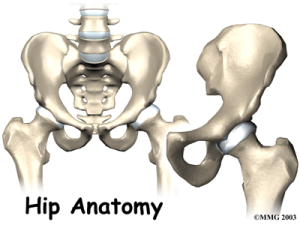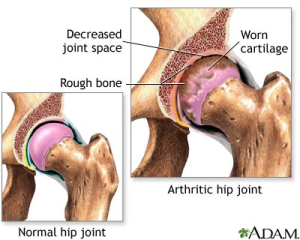Understanding and Addressing Hip Pain: Often Misdiagnosed and Left Untreated
The hip joint is a stable and strong structure, reinforced by ligaments and powerful muscles. However, despite its robustness, hip problems can be highly debilitating. Compared to other joints like the shoulder, knee, and ankle, the hip is less likely to be injured, but when it is, the effects can be significant. Hip pain is often misdiagnosed or overlooked, leading to prolonged discomfort and further complications.
For patients with hip problems, even daily activities such as walking down stairs or turning in bed can be uncomfortable or painful. The hip is an integral part of the lower extremity kinetic chain, transferring ground reaction forces from the legs to the trunk. Understanding these mechanics can help with proper diagnosis and treatment.
Causes of Hip Problems: Trauma, Overuse, and Muscle Imbalance
While some hip issues result from trauma, many others stem from overuse, misuse, or muscle imbalance. Muscle imbalances affect the joint’s normal function and limit its range of motion. Degenerative hip conditions can be challenging to diagnose. Often, patients experience pain in the lower back, buttocks, or legs, which may actually be linked to an underlying hip condition. Other conditions, such as hernia or aneurysm, can also cause referred pain in the hip or groin.
Common Hip Conditions and Their Symptoms
- Piriformis Syndrome: Pain radiating down the back of the leg due to tightness in the piriformis muscle, which compresses the sciatic nerve.
- Trochanteric Bursitis: Pain in the lateral part of the hip due to inflammation of the bursa.
Patients may also experience hip pain radiating around the thigh or knee, which can sometimes mask the true source of the problem. A proper diagnosis often requires ruling out other conditions like intra-abdominal or retroperitoneal issues. The majority of hip conditions are related to biomechanical issues. For example, when a patient experiences knee or ankle problems, the gait changes, which causes hip pain.
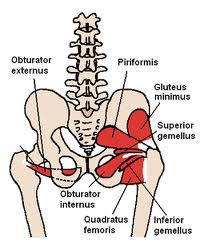 |
The hip has many muscles attaching to it. There is a very close relationship to the lower back vertebrae, sacro-iliac joint, knee and foot joints. |
When there is hip pain of any kind, you must examine the lower back, sacro-iliac, knee and foot biomechanically.
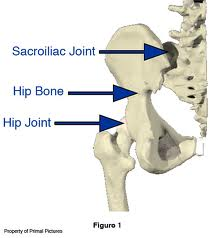 |
| The hip is closely linked to the lower back, sacro-iliac joints and tailbone and is affected by knee and foot motion as well! |
Piriformis Syndrome
What Else Could be Causing the Pain?
Bursitis of the hip

Treatment and Chiropractic Care for Hip Conditions
Doctors of Chiropractic frequently conditions like trochanteric bursitis, muscle strains, and chronic degenerative changes in the hip joint. Chiropractic care focuses on understanding the function of the joint, its surrounding muscles, and the appropriate exercise regimen to treat various conditions.
Stretching exercises can be helpful, especially for conditions like piriformis syndrome and trochanteric bursitis. In certain cases, specific muscle groups may need to be targeted even after an injury, in order to avoid the formation of adhesions and promote joint mobility.
For acute injuries, we recommend rest followed by strengthening exercises for the affected muscles using isotonic resistance. Biomechanical alignment is essential for proper hip function. Additionally, you must address conditions like leg-length discrepancies and pronation (flat feet) to prevent recurring issues.
- Chiropractic adjustments – To realign the vertebrae, hips, and sacroiliac joints.
- Physical Therapy – Emphasis on stretching and strengthening the hip rotator muscles.
- Rest – To effectively manage your symptoms, avoid activities that trigger them for at least a few weeks. In addition, make sure to rest and allow your body time to heal. Afterward, gradually ease back into your routine, ensuring that you don’t overexert yourself. By following these steps, you’ll improve your chances of a full recovery.
- Anti-Inflammatory Medication – To decrease inflammation around the tendon.
- Active Release Technique – To target muscle, nerve, tendon, and ligament restrictions.
- Massage Therapy – Eases muscle tension and promotes healing.
- Acupuncture – Is very helpful for decreasing pain and promoting the healing response.
- Interferential current therapy – Sends electrical impulses in to heal the muscle, decrease pain and reduce inflammation
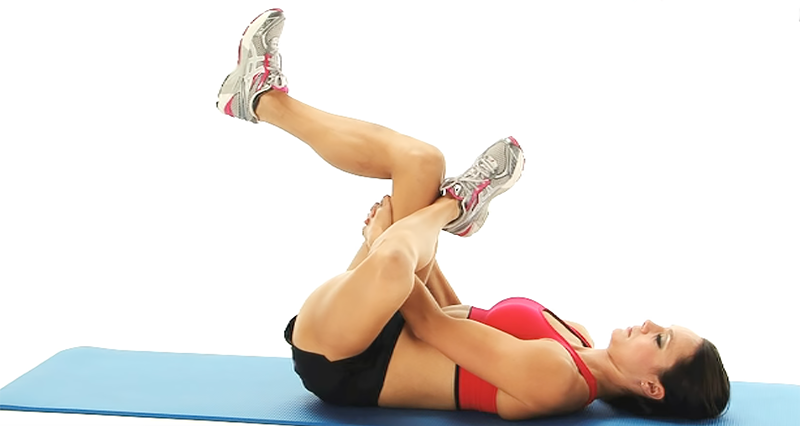 |
| Ask us about exercises you can try at home to alleviate pain! |
Preventing Hip Problems: Daily Practices and Lifestyle Adjustments
- Avoid sitting on a wallet.
- Avoid carrying a child on your hip for extended periods.
- Avoid sitting with your legs crossed at the knees.
- Avoid sleeping on your stomach or side without proper support (e.g., a pillow between the knees).
- Avoid driving with your foot rotated on the gas pedal.
- To promote better posture, maintain a proper sitting position at your desk. Additionally, consider using a footstool for extra support. By doing so, you can alleviate strain and improve overall comfort while working.
Early Intervention for Long-Term Relief!
These Different Conditions Can Be Treated! Ask Us How!
Book your appointment at Back To Health Wellness Centre Today!


